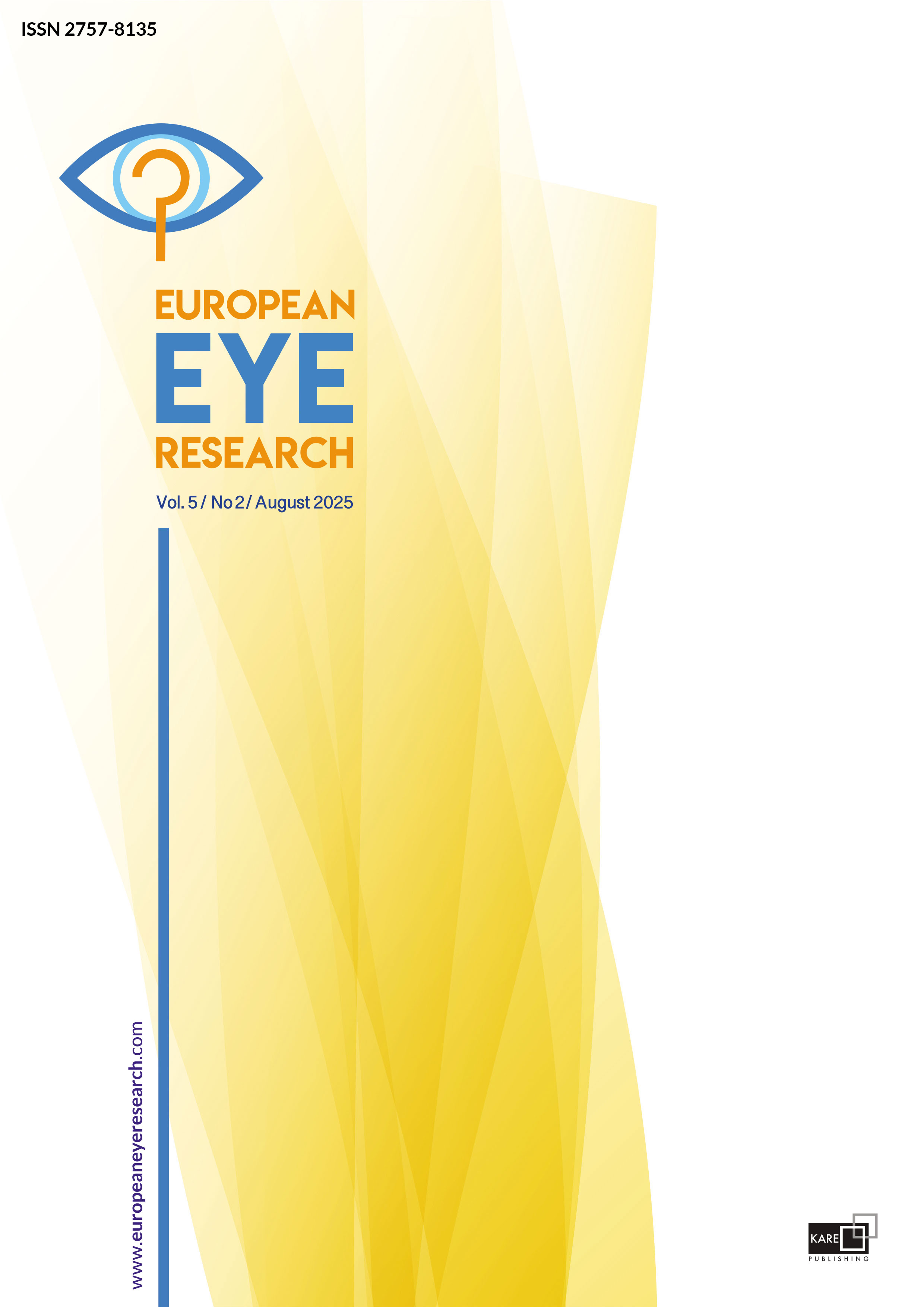

Serratia marcescens keratitis following the use of a scleral lens for a persistent epithelial defect after penetrating keratoplasty
Hafize Gokben Ulutas1, Busra Yorulmaz1, Ayse Tufekci Balikci21Department of Ophthalmology, University of Health Sciences, Bursa City Hospital, Bursa, Türkiye2Department of Ophthalmology, University of Health Sciences, Ankara Training and Research Hospital, Ankara, Türkiye
We want to present a case of Serratia marcescens keratitis after the use of the scleral lens with an autologous serum fluid reservoir. The epithelial defect of a 75-year-old male patient who underwent penetrating keratoplasty due to perforating eye injury persisted for 4 months post-operatively despite intensive treatment. The patient was hospitalized to perform autologous serum application in a gas-permeable scleral contact lens reservoir. After 6 days, the corneal surface was completely epithelialized. He was discharged with topical steroid drops and copious preservative-free sodium hyaluronate treatment. An appointment was made for examination 1 week later. Keratitis was detected in the patient who presented with pain and decreased vision on the 10th day after discharge. S. marcescens was grown in corneal scraping samples. Re-keratoplasty was performed on the patient who did not resolve stromal infiltration despite fortified topical antibiotic therapy. The application of autologous serum in the scleral lens reservoir is recommended for the treatment of persistent epithelial defects resistant to other methods. However, one should be aware of the complication of microbial keratitis when using scleral lenses. We emphasize that the use of preservative-free antibiotics in the scleral lens reservoir may be safer for infection control.
Keywords: Persistent corneal epithelial defect, Scleral contact lenses, Serratia marcescens keratitis
Manuscript Language: English



